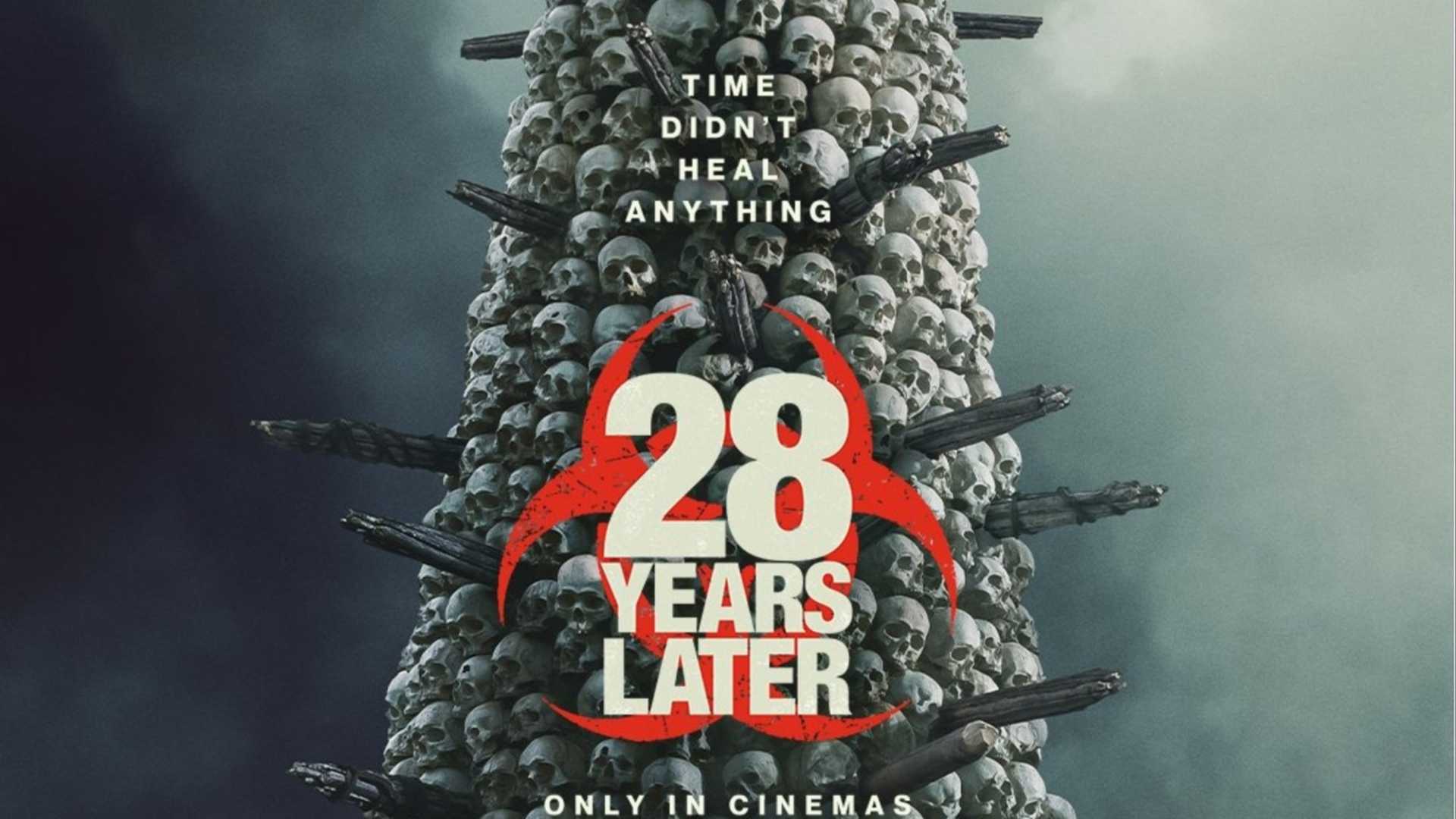Entertainment
New Horror Film ’28 Years Later’ Explores Fear and Evolution of Infection

London, England — The highly anticipated horror film ’28 Years Later’ hits theaters on June 20, 2025, continuing the legacy of its predecessors with a fresh narrative that challenges societal fears about infection and survival. Directed by Danny Boyle, the film shifts focus to 12-year-old Spike, who lives in a secluded community on Holy Island, where he questions his community’s assumptions about the infected.
The film opens with a reminder of the Rage virus outbreak, which devastated the U.K. Following its predecessors, ’28 Years Later’ dives into two core fears: death and the fear of the other. The narrative unfolds years after the original outbreak, capturing the evolution of the infected and showcasing a world where survival instinct clashes with moral decay.
Unlike prior films in the franchise, ’28 Years Later’ introduces a new set of characters including Jamie, Spike’s father portrayed by Aaron Taylor-Johnson, and Isla, played by Jodie Comer. Ralph Fiennes portrays Dr. Kelson, a mysterious figure whose role becomes pivotal for Spike’s journey. The narrative uses stunning cinematography to depict an eerie landscape of a once lively Britain now turned monstrous.
Spike’s adventure begins when he and Jamie dare to leave the safety of their island and venture into the dangerous Scottish mainland. As they explore, they discover that the infected have mutated into new, more aggressive forms, heightening the tension and fear throughout the film. Their journey becomes one of self-discovery for Spike as he grapples with the loss of innocence in a harsh world.
Critics note how the film combines thrilling sequences with philosophical undertones. Boyle and screenwriter Alex Garland aim to use the horror genre not just for scares, but to reflect on societal issues. They draw parallels between the Rage virus and contemporary fears stemming from the COVID-19 pandemic, making the film both relevant and poignant.
The cinematography by Anthony Dod Mantle enhances the immersive experience, using advanced technology while retaining the gritty, raw feel that characterized the original film. Editorial choices also contribute to the film’s unique pace, creating a compelling narrative that ebbs and flows between horror and hope.
Ultimately, ’28 Years Later’ invites viewers to confront their fears, echoing the idea that amidst chaos, humanity may yet discover a way to rebuild. The film’s blend of horror and reflection illustrates the fragile line between savagery and civility in a world altered by infection.












